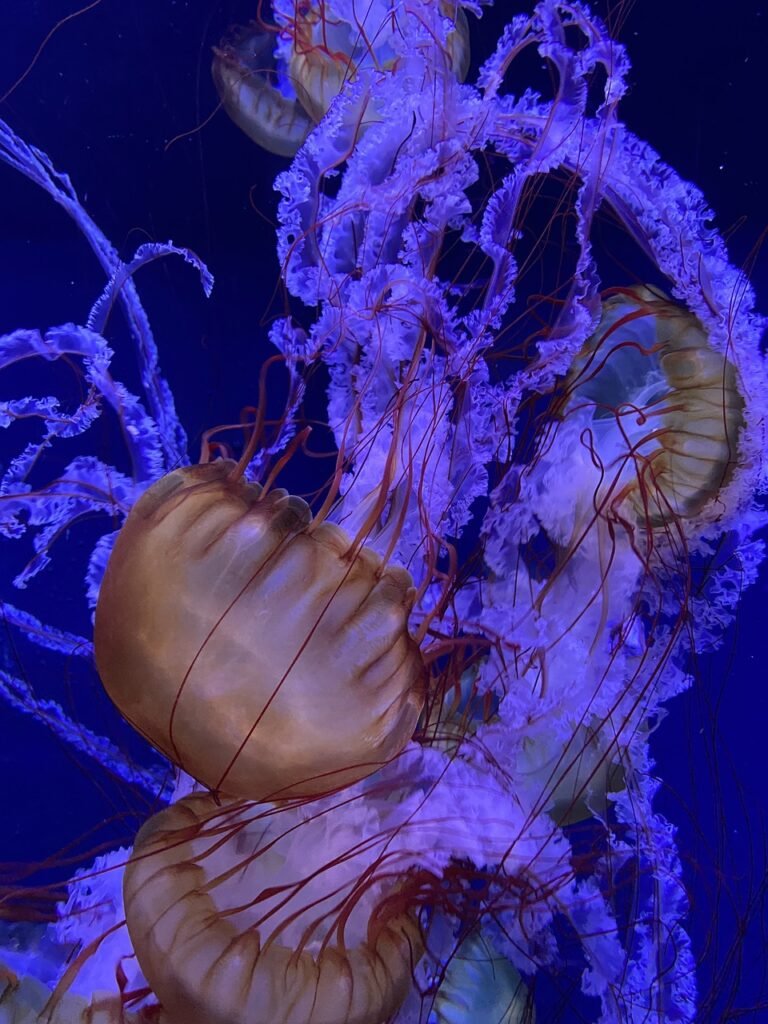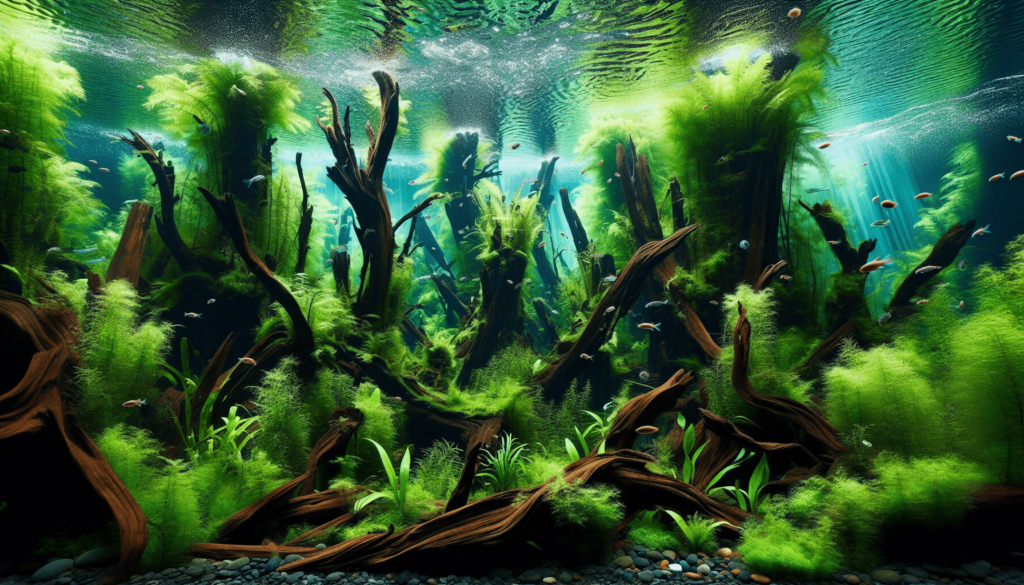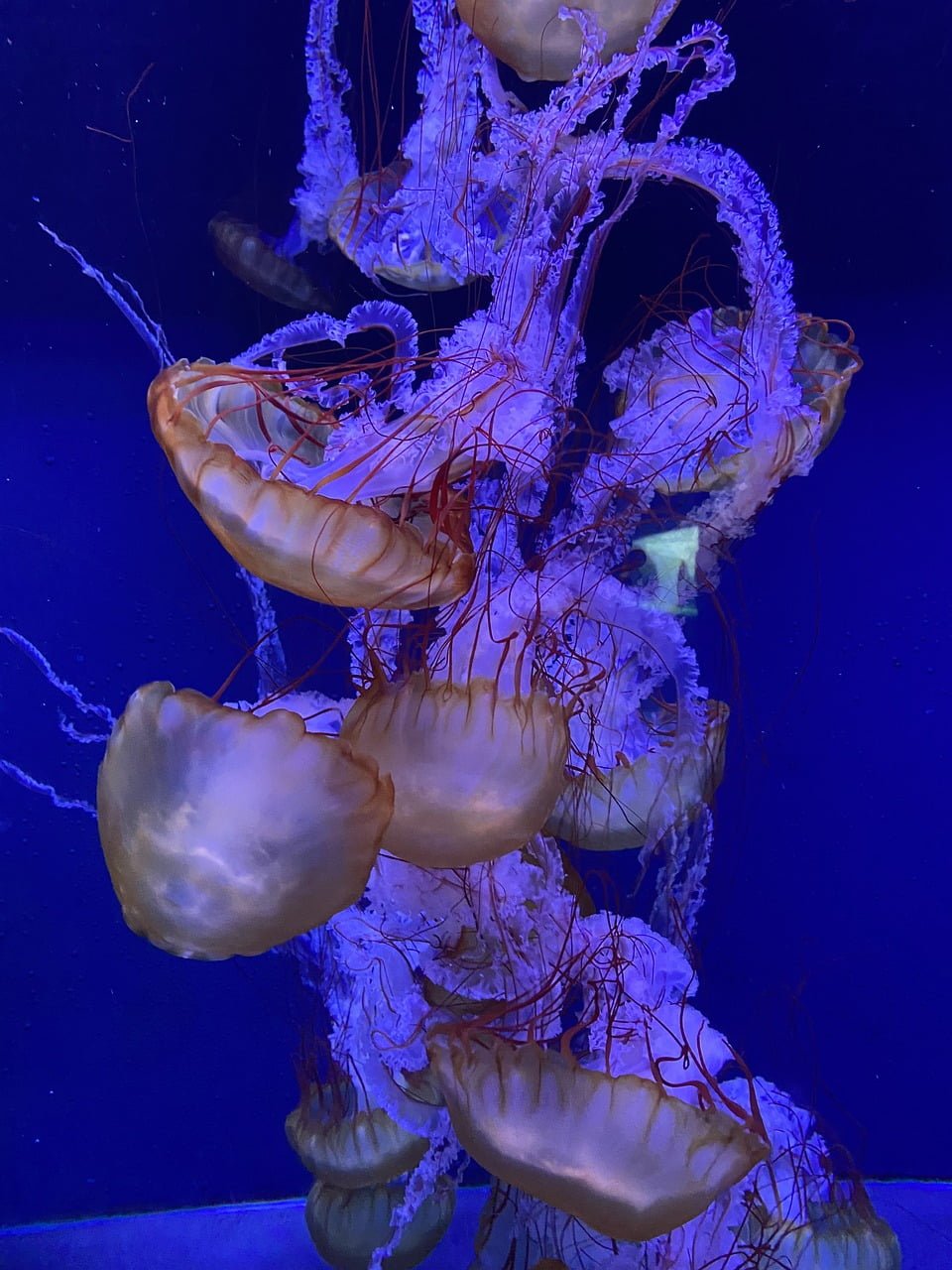Imagine you have a magical underwater world where tiny trees, plants, and creatures live together to create a beautiful forest. “Mastering the Art of Aquascaping Forests” is all about how you can build and care for this amazing underwater space. You’ll learn why people love making these mini-forests, how they got started, and what’s popular right now. The article will teach you everything you need to know, from the important words and ideas to step-by-step tips for making your own underwater forest. By the end, you’ll understand how these beautiful creations are shaped and what they might look like in the future. Get ready to dive into the exciting world of aquascaping! Have you ever wondered if you could create a magical underwater forest right in your own home? Just imagine having a miniature world full of lush green trees, tiny plants, and vibrant fish all living together in harmony. It sounds like something out of a fairy tale, but believe it or not, you can do it with something called aquascaping!
Overview
Aquascaping is like gardening underwater. Instead of planting flowers in soil, you arrange aquatic plants, rocks, and other elements in an aquarium to make it look like a beautiful landscape. Some people create underwater mountains, valleys, or even tiny underwater forests. In this article, we’ll show you how to master the art of aquascaping forests to create your very own magical mini world.
What is Aquascaping?
Aquascaping is a fun and creative hobby where you design and build beautiful underwater environments using plants, rocks, and sometimes wood. Imagine painting a picture, but instead of using colors and brushes, you’re using water, plants, and rocks. It’s a way to make your aquarium look like a scene from nature.
Why Aquascaping?
Aquascaping isn’t just about making things look pretty. It’s also about creating a healthy habitat for fish and other aquatic creatures. Think of it as making a cozy home for them. The plants can help keep the water clean by absorbing harmful chemicals and producing oxygen, which means your fish will be happier and healthier!

Historical Context of Aquascaping Forests
Aquascaping has been around for a long time, but creating underwater forests became popular only in recent decades. The idea started in Japan with a man named Takashi Amano. He combined his love for nature and art to create stunning aquarium landscapes that looked like little forests. His work inspired many others to try aquascaping, and now it’s a popular hobby all around the world.
Current Trends in Aquascaping
Today, aquascaping has become more and more creative. People are not just making underwater forests but also creating underwater deserts, mountains, and jungles. Some even compete in international contests to see who can make the most beautiful and unique aquascape.
Types of Aquascapes
Here are some popular styles of aquascapes you might want to try:
| Style | Description |
|---|---|
| Nature Aquarium | Inspired by natural landscapes like forests and mountains. |
| Iwagumi | Focuses on rock formations and a minimalistic look. |
| Dutch Style | Filled with colorful plants arranged in rows, similar to a garden. |
| Jungle Style | Looks like a dense, wild jungle with lots of different plants and textures. |

Key Concepts and Definitions
What is an Underwater Forest?
An underwater forest in aquascaping is designed to look like a forest but underwater. It will have ‘trees,’ ‘grass,’ and even ‘bushes,’ all made from aquatic plants. To make it even more like a real forest, you can add rocks and driftwood to resemble fallen logs and stumps.
Important Elements
Here are the main components you’ll need for your underwater forest:
| Element | Purpose |
|---|---|
| Aquatic Plants | These act as the trees, grass, and bushes in your forest. |
| Driftwood | These can be arranged to look like fallen trees or roots. |
| Rocks | These help create the landscape, such as hills and valleys. |
| Substrate | This is the ‘soil’ in your aquarium and helps plants grow. |
| Fish and Shrimp | These inhabitants will bring your underwater forest to life. |
Detailed Exploration
Choosing Your Plants
When making an underwater forest, you need to choose the right plants. Think about what kinds of trees, grass, and bushes you need.
Trees
For trees, you want plants that look like tree trunks and have bushy leaves. Good choices include:
- Java Fern: This plant has long leaves that look like tree leaves.
- Dwarf Hairgrass: This can be used to create grassy areas in your forest.
- Anubias: Its thick leaves and sturdy stems make it great for looking like tree leaves.
Grass
For grass, you’ll need plants that can cover the ground and make it look like a forest floor:
- Carpet Plants: Plants like Monte Carlo or Dwarf Baby Tears can create a lush green carpet on the bottom of your aquarium.
Bushes
For bushes, choose plants that are short and bushy:
- Cryptocoryne: These plants come in different sizes and colors, making them great for creating bushy areas.
Setting Up Your Aquarium
Setting up your aquarium is like building the foundation for your underwater forest. Think of it like setting up the pieces of a puzzle.
The Substrate
The substrate is the ‘soil’ for your plants. You can use gravel, sand, or special aquarium soil.
- Choose Your Substrate: Pick a good-quality substrate that will help your plants grow.
- Layer It: Add a layer of substrate to the bottom of the aquarium. Make it thicker in some areas to create hills and valleys.
Adding Hardscape Elements
Hardscape elements like rocks and driftwood are important because they give structure to your underwater forest.
- Position the Rocks: Put the rocks in the aquarium first. Think of them as the big boulders you see in a forest.
- Place the Driftwood: Add driftwood to look like fallen trees or branches. Arrange them naturally to make the aquascape look more realistic.
Planting Your Forest
Now that you have the groundwork laid, it’s time to plant your forest!
- Plant the ‘Trees’: Start by planting the taller plants that will act as trees. Place them in the background.
- Add the ‘Bushes’: Plant the bushy plants in the midground.
- Create the ‘Grass’: Cover the foreground with carpet plants to look like grass.
Adding Water
After planting, carefully add water to your aquarium. It’s best to pour the water slowly to avoid disturbing the plants and substrate.

Example 1: A Beginner’s Underwater Forest
Let’s say you’re a beginner and you want to start small. Here’s an example of a simple setup:
- Choose a Small Aquarium: Start with a 10-gallon tank.
- Select Easy Plants: Use Java Fern for trees, Anubias for bushes, and Dwarf Hairgrass for grass.
- Set Up the Substrate: Use aquarium soil to make it easy for the plants to grow.
- Add Simple Hardscape: Use a few small rocks and pieces of driftwood.
- Plant Your Plants: Follow the steps mentioned earlier.
- Add Water and Wait: Let the plants establish before adding any fish.
Results
After a few weeks, you’ll see your plants start to grow and fill out the aquarium, creating a lush, green forest. Your fish and shrimps will love exploring their new home!
Example 2: Advanced Underwater Forest
For those who want to take things to the next level, an advanced underwater forest might include more varieties of plants and a bigger tank.
- Choose a Large Aquarium: Go for a 50-gallon tank.
- Select Diverse Plants: Use a mixture of Java Fern, Anubias, Bucephalandra, and more types of carpet plants.
- Create a Complex Landscape: Use multiple layers of substrate to create hills and valleys.
- Use More Hardscape: Incorporate larger rocks and more driftwood to create a complex and interesting landscape.
- Plant and Plan: Take time to carefully plan where each plant will go.
Results
With an advanced setup, you can create a more detailed and layered underwater forest. The different plants and terrain will make it look more like a real forest.

Comparison of Different Perspectives
When you delve into aquascaping, you’ll quickly find that there are different styles and methods. Let’s compare a few:
Nature Aquarium vs. Iwagumi
- Nature Aquarium: This style focuses on creating a natural look, often mimicking terrestrial landscapes like forests or mountains.
- Iwagumi: This style is simpler and focuses on rock formations. It’s minimalistic and often uses fewer types of plants.
Jungle Style vs. Dutch Style
- Jungle Style: This looks wild and lush, like a dense jungle. It’s less structured and more about diversity.
- Dutch Style: This style is more organized and uses rows of colorful plants, much like a garden. It’s all about order and variety of colors.
Impact Assessment
Benefits of Different Styles
- Nature Aquarium: Creates a relaxing and natural look, ideal for those who love nature.
- Iwagumi: Its simplicity makes it easy to maintain.
- Jungle Style: Offers a habitat that’s rich in hiding places for fish.
- Dutch Style: Adds vibrant colors to your aquarium, making it very eye-catching.
Potential Challenges
- Nature Aquarium: Can be hard to balance the plants and keep the natural look without it becoming too wild.
- Iwagumi: Limited plant choice can make it look sparse if not done correctly.
- Jungle Style: Needs regular trimming to prevent it from becoming too overgrown.
- Dutch Style: Requires precise planting and maintenance to keep the organized look.

Future Directions and Implications
Predictions
As technology and techniques advance, new types of plants and materials will become available. We might see even more creative and diverse aquascapes in the future. More people will likely get into aquascaping as a hobby, leading to more innovations and trends.
Implications
The rise in aquascaping can have significant benefits. It encourages people to learn about aquatic ecosystems and promotes the importance of caring for our natural environment. Plus, it’s a great way to bring a piece of nature into our homes, promoting relaxation and creativity.
Conclusion
In summary, aquascaping is an incredible hobby that combines art and nature. By mastering the art of aquascaping forests, you can create a magical underwater world that is beautiful and healthy for your fish. From choosing the right plants to setting up your aquarium, there are many steps to consider, but the result is a breathtaking underwater forest.
Final Thought
So, what kind of underwater forest will you create? The possibilities are endless, and each aquascape is a unique work of art. Dive into the world of aquascaping and let your creativity flow!
Engagement
Feel inspired? Share your own aquascaping creations, or comment below with your tips and tricks. We’d love to see what you come up with! Don’t forget to explore more resources to become an aquascaping master.
Credible Sources
- “The Art of Aquascaping” by Takashi Amano
- “Nature Aquarium World” by Takashi Amano
- Aquascaping websites like The Green Machine and Aquascaping Love
- Articles and guides from aquarium hobbyist forums and communities
Remember, the key to a great aquascape is patience and creativity. Happy aquascaping!



